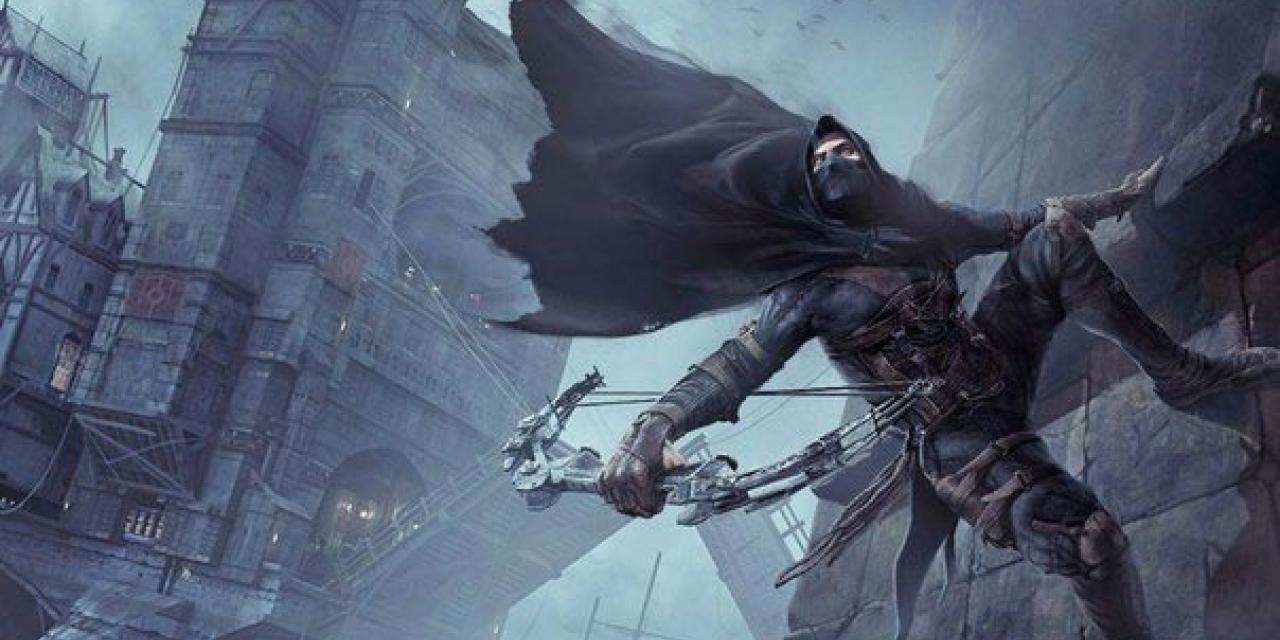
Thief 4 has been in development for almost five years now, and it still is. Narrative director Steven Gallagher decided to share the reasons for this lengthy development cycle.
To avoid "million dollar disasters," Eidos Montreal decided to keep Thief 4 team at minimal size during the concept stage and until the game’s core elements were settled. The team was given free pass to reinvent all and any aspects of the famous stealth FPS series, so they started experimenting. A LOT.
Among other stuff, the team tried out new protagonists, parkour-style environment traversal, third person gameplay and dynamically switching between 1st and 3rd person perspectives. "Concepting was a really cool time," reminisced Steven Gallagher. "There were a lot of ideas. It was very creatively energetic, but there was a lot of stuff that went on the table and was quickly taken off the table, and then placed in a dark room never to be seen."
"Some of the early concept stuff had Garrett a little too soft in his approach. That was a fine line to walk. I had a lot of problems with some of the early focus tests because I had turned his movements up too much towards the female spectrum."
But all those experiments didn’t converge to single solid game experience, so the studio hired Splinter Cell veteran Stephane Roy as producer.
Roy had a single mission: "figure out the original mandate" of Thief 4.
"I noticed that when I asked several directors about the original mandate, there was no clear answer," he explained. "When you try a lot of things, sometimes it's difficult to keep the focus."
"You try this and you try that and you forget what the game is about. It happened a couple of times where we were wrong, and that was tough on the team, but at the end of the day, people on the game really believe in Thief."
But all those years of experimentation didn’t go to waste. In fact, they helped Eidos Montreal find out the recipe for designing great stealth games: "Force players into a series of impossible situations and then give them the tools to escape."
